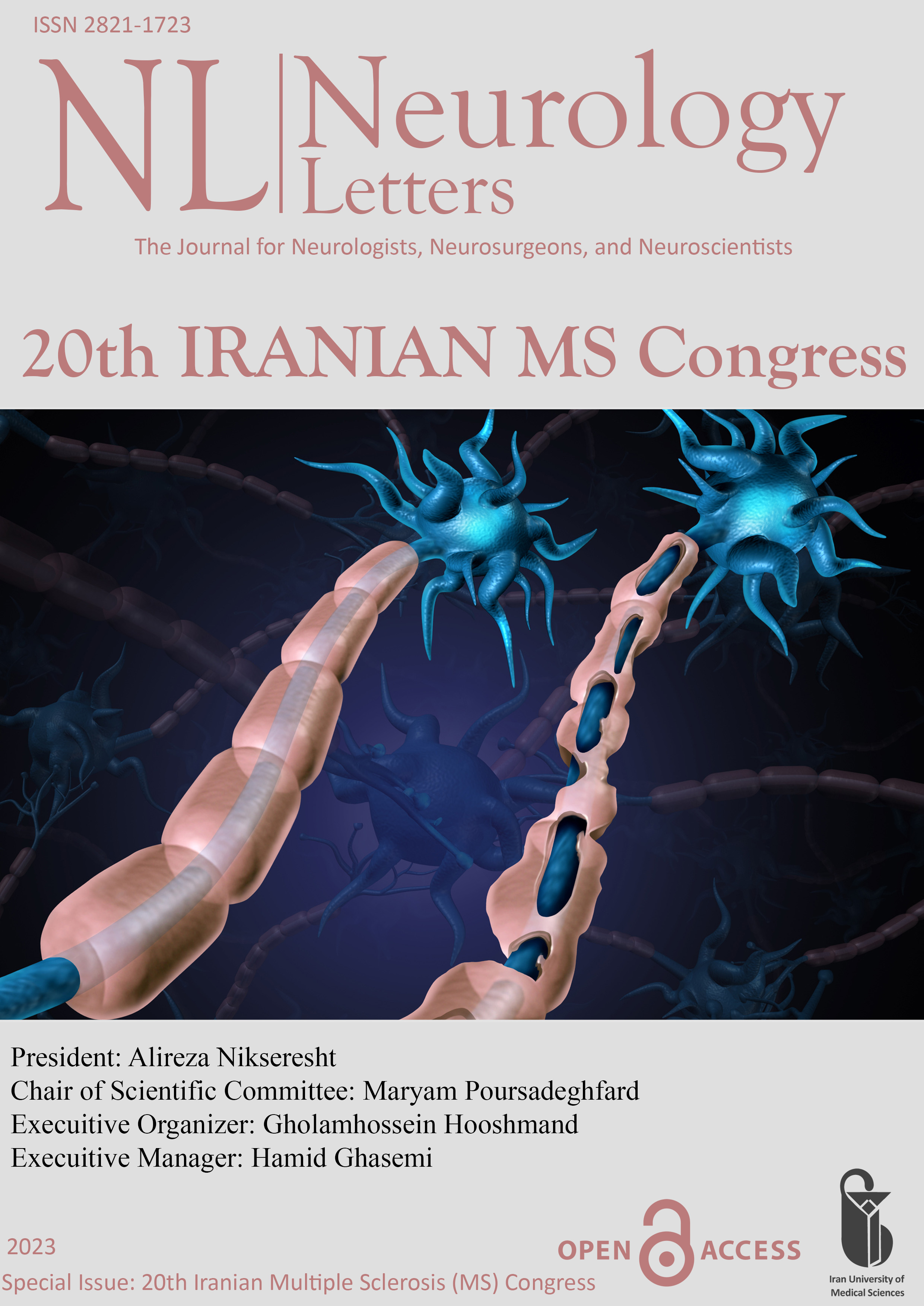Diagnosis of multiple sclerosis and Fahr's Disease in a young woman: A case report (PP-15)
Document Type : Poster Presentation
Authors
Department of Neurology, Mashhad University of Medical Sciences, Mashhad, Iran
Abstract
Fahr’s disease is a progressive and idiopathic basal ganglia calcification with normal metabolism of calcium and phosphore with motor and psychiatric sings and symptoms. Dementia, chorea athetosis, psychosis and depression due to Fahr’s disease are frequently reported.
Multiple sclerosis is a chronic disease that mostly affects young adults and is pathologically characterized by inflammation and loss of myelin and sclerosis in many areas of the white matter of the central nervous system.
The patient is a 20-year-old woman with a history of hearing loss since childhood, who has experienced significant weight loss, weakness, increased libido and overspending, occasional hallucinations and delusions, psychomotor slowness, delayed eye and verbal contact, slow affect, and depressed mood and sleep disorder since about a year ago. She suffered from dizziness, imbalance, blurred vision, diplopia, and right hemiparesis since 21 days before the visit, and she was hospitalized for diagnostic and therapeutic procedures. Diagnostic procedures for the patient include brain CT scan, brain and cervical MRI, the necessary tests and LP were performed. Evidence of bilateral calcification of the basal ganglia was observed in the brain CT scan and multiple demyelinating plaques were observed in the brain and cervical MRI. IgG Index and Oligoclonal Band were confirmed in the cerebrospinal fluid. Finally, according to History and records, examination of mental status and paraclinical evaluations in this patient, the diagnosis of Fahr's Disease was made and based on McDonald's criteria, the diagnosis of multiple sclerosis was given. The patient was treated with plasma exchange and pulse corticosteroids and natalizumab was started as maintenance therapy. This is the first case of simultaneous diagnosis of Fahr's disease and multiple sclerosis.
Conclusion: we reported a co-occurrence of idiopathic basal ganglia calcification with multiple sclerosis. The association between this disease and MS is unclear and also maybe probably coincidental. Research is recommended about concurrence of MS with brain calcification.
Keywords
 Neurology Letters
Neurology Letters
